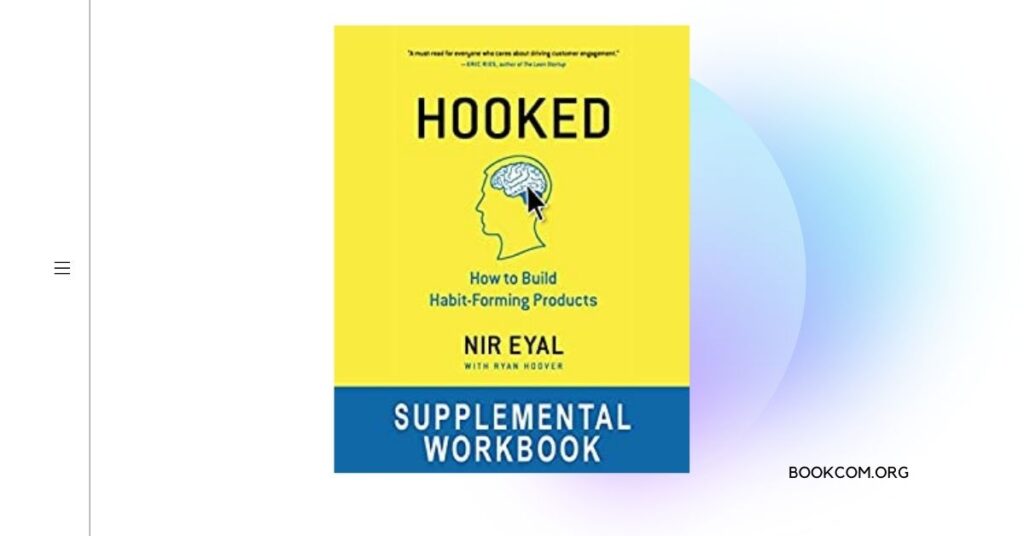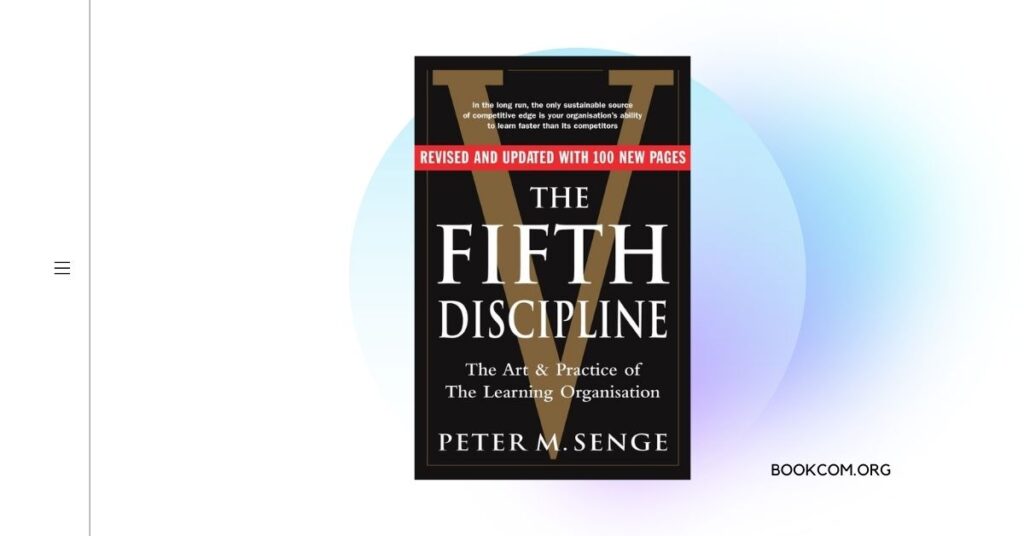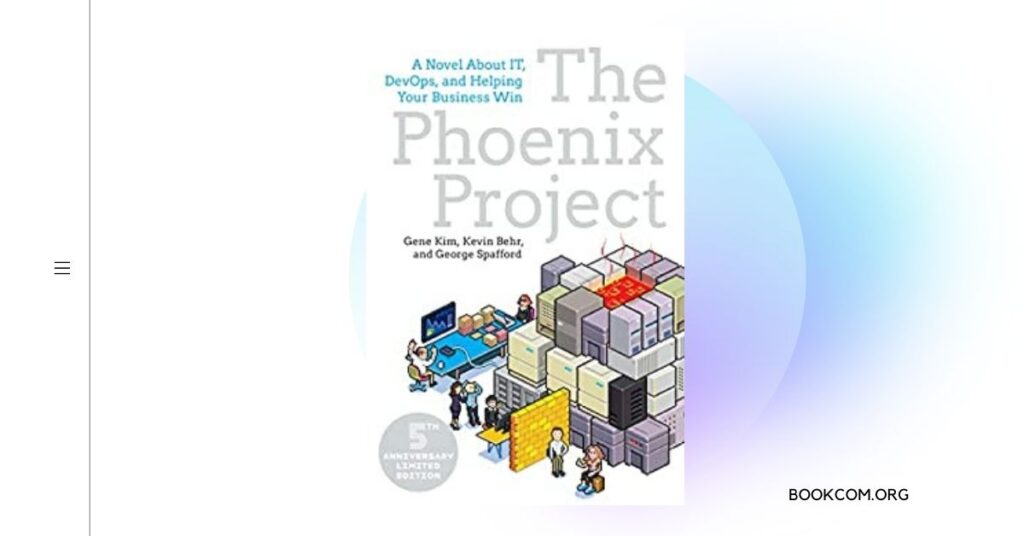“The Innovator’s Dilemma” by Clayton M. Christensen is a groundbreaking book that explores the challenges faced by established companies when disruptive technologies and business models emerge. It offers valuable insights and ideas for entrepreneurs looking to navigate the ever-changing landscape of innovation and drive their businesses to success. In this article, we will discuss seven game-changing ideas from “The Innovator’s Dilemma” that every entrepreneur should know to stay ahead in today’s dynamic business environment.
Disruptive Innovation:
Understanding the concept of disruptive innovation is crucial for entrepreneurs. Disruptive innovations are technologies or business models that initially serve niche markets but eventually redefine the industry and challenge established players. Embrace disruptive ideas and explore new markets and customer segments to drive growth and gain a competitive edge.
Sustaining vs. Disruptive Innovation:
Differentiate between sustaining and disruptive innovation. Sustaining innovations improve existing products or services to meet the needs of current customers. Disruptive innovations, on the other hand, create new markets and serve customers with different needs. Balancing both types of innovation is essential for long-term success.
The Value of Customer Feedback:
While customer feedback is crucial for sustaining innovations, it can be misleading for disruptive innovations. Customers often prefer incremental improvements rather than radically new solutions. To develop disruptive innovations, entrepreneurs should focus on understanding customer jobs to be done and identifying unmet needs that traditional solutions fail to address.
The Importance of Market Segmentation:
Effective market segmentation enables entrepreneurs to identify overlooked or underserved customer segments that can be targeted with disruptive innovations. By tailoring offerings to specific segments, entrepreneurs can gain a foothold in niche markets and gradually disrupt the broader industry.
The Power of Resource Allocation:
Resource allocation is a critical aspect of innovation. Entrepreneurs must allocate resources differently for sustaining and disruptive innovations. While established companies tend to allocate more resources to existing products, entrepreneurs should be willing to allocate resources to disruptive initiatives even if they initially generate lower returns.
The Role of Incumbent Mindset:
Entrepreneurs must be aware of the incumbent mindset that can hinder disruptive innovation. Established companies tend to focus on protecting their existing market positions and overlook disruptive opportunities. By adopting an entrepreneurial mindset and being open to change, entrepreneurs can seize disruptive opportunities and challenge incumbents.
Embracing Failure and Learning:
Disruptive innovation involves experimentation and learning from failures. Entrepreneurs should embrace a culture of experimentation and be willing to take calculated risks. Learn from failures and pivot when necessary to align with market demands and capitalize on disruptive opportunities.
“The Innovator’s Dilemma” provides invaluable insights into the challenges and opportunities faced by entrepreneurs in a rapidly evolving business landscape. By understanding the concepts of disruptive innovation, market segmentation, resource allocation, and the incumbent mindset, entrepreneurs can navigate the path to success. Embrace customer feedback, foster a culture of experimentation, and be open to disruptive opportunities that have the potential to revolutionize industries. By applying these game-changing ideas, entrepreneurs can stay ahead of the curve and drive meaningful innovation in their respective fields.



